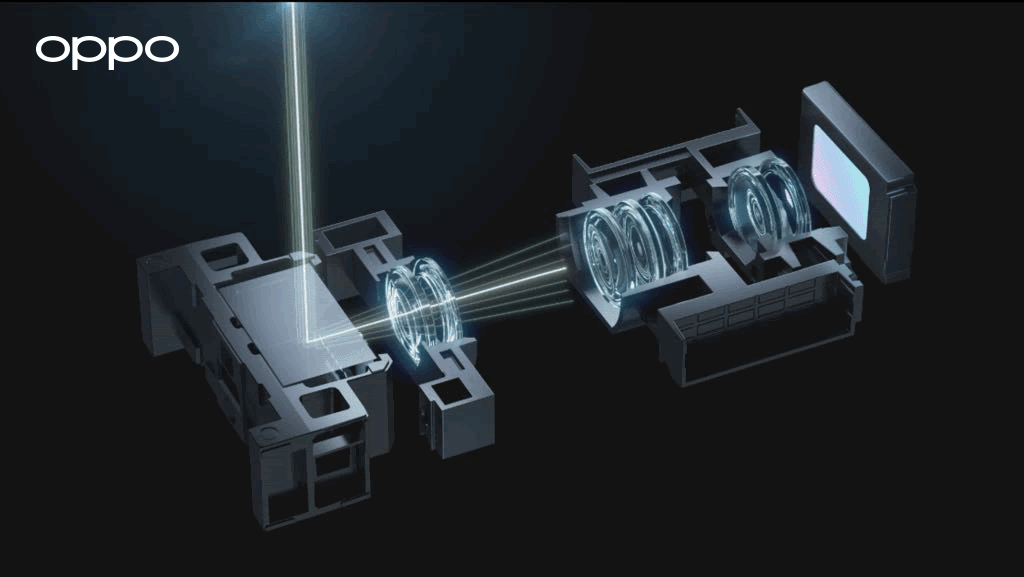Camera innovations showcased include: Oppo’s next-generation RGBW sensor, 85-200mm continuous optical zoom, five-axis OIS technology, and a next-generation under-screen camera with a range of proprietary AI algorithms.
New sensor: Next-generation RGBW sensor boasts enhanced light sensitivity with improved color performance
The RGBW sensor improves light sensitivity by introducing additional white sub-pixels (W), DTI technology and the company’s self-developed 4-in-1 pixel algorithm. According to Oppo, these advancements in the new sensor allow it to capture 60% more light than the previous sensor, while achieving up to 35% reduction in noise to deliver clearer and brighter images in low light conditions.
In addition to improving low-light photo capturing, the RGBW sensor is able to make portraits more expressive in both photos and videos, with enhancements in skin texture and contrast. The new sensor will be commercially released in Oppo products from the fourth quarter of 2021.

New Module: OPPO 85-200mm Continuous Optical Zoom supports smooth zoom, while five-axis OIS helps in clear snapshots. It also redesigns the underlying structural modules at the hardware level. The module adopts G+P (glass + plastic) lens technology for the first time, features two ultra-thin, high-precision aspheric glass lenses, which greatly promote optical effects, such as reducing stray light. The application of a tunnel magnetoresistance sensor (TMR sensor) is said to allow the lens to move with greater stability and precision within the camera module.
These new modules are claimed to help capture sharp images at magnification levels, from up close and personal portraits to far-flung landscapes that don’t require cropping. Users can enjoy a smooth transition across the entire zoom range with image quality comparable to that of a professional camera. Plus, this technology avoids common problems like jumps, white balance inaccuracies, or color bias that traditional multi-camera zoom systems can experience.

Also new from Oppo, the five-axis OIS system allows the processor to receive movement data from the gyroscope, analyze it, and break it down into its respective components via algorithms. The data is then passed to two moveable components: the lens and image sensor, which are driven by ball-bearing motors and shape memory alloys, respectively.
.